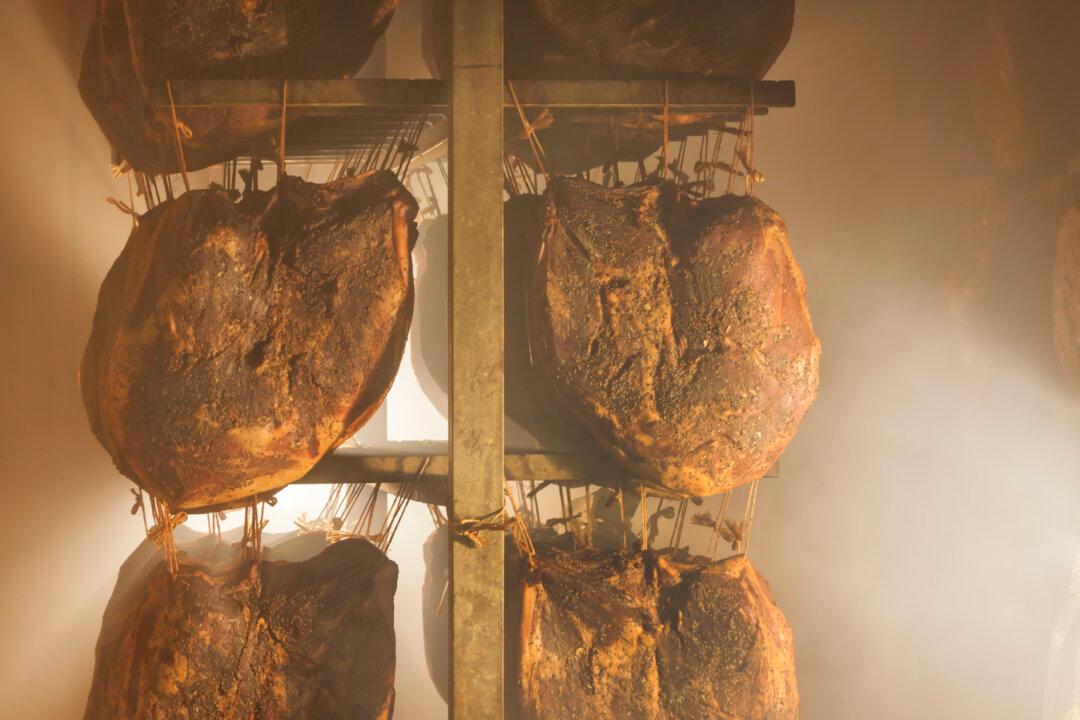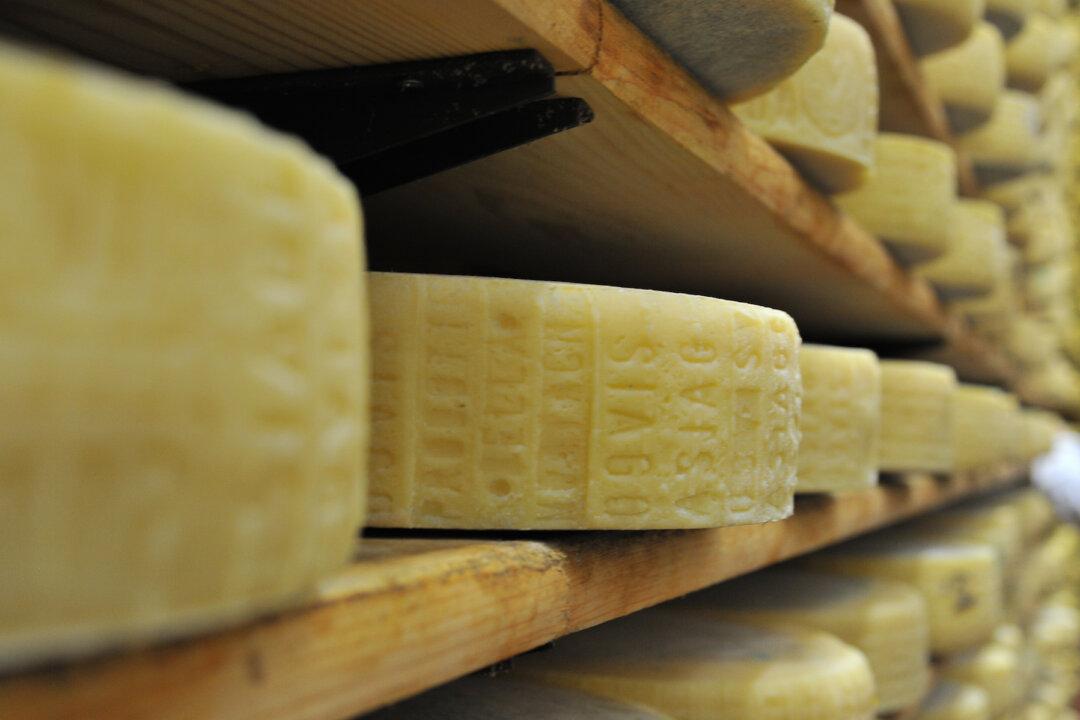Last June, New York Times restaurant critic Pete Wells wrote that Anthony Mangieri, self-taught pizzaiolo and owner of Manhattan’s Una Pizza Napoletana, makes “what is unmistakably the finest sit-down pizza in the five boroughs.” High praise in the city that is arguably the country’s pizza capital, although Mangieri is renowned on a global level. Pizza pope, prodigy, legend, maestro, and virtuoso are among the many laudatory terms that have been used to describe the New Jersey native over the past 20 years.
A pioneer of Neapolitan-style pizza in the United States, Mangieri crafts pies with a blissfully tender crust, marked with blackened bubbles when they emerge from the wood-burning oven. The carefully selected, minimal additional ingredients leave nothing to hide and come together in delicate, delicious harmony.





